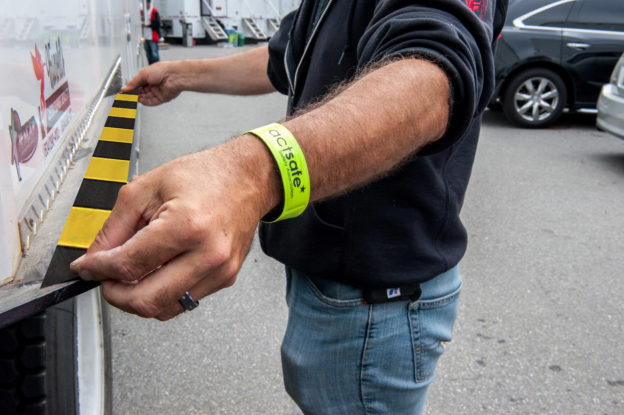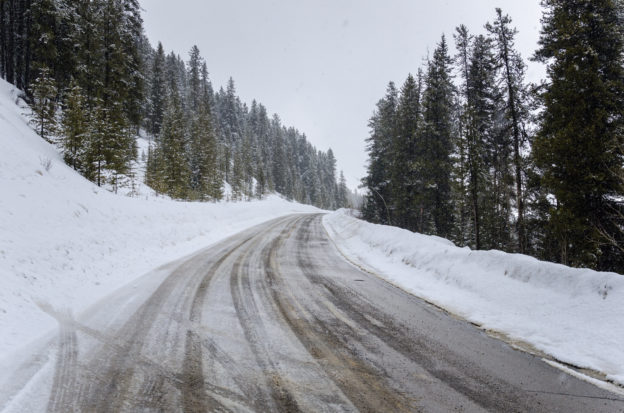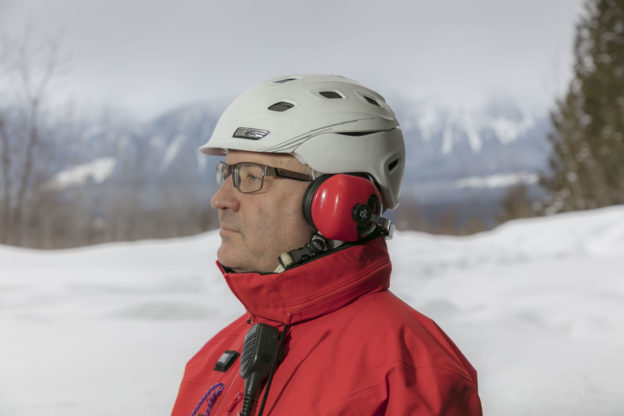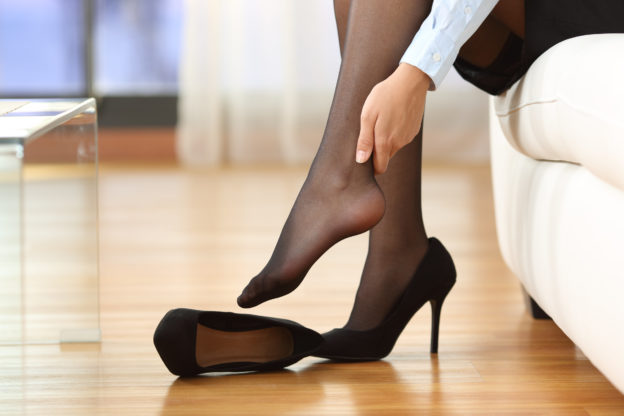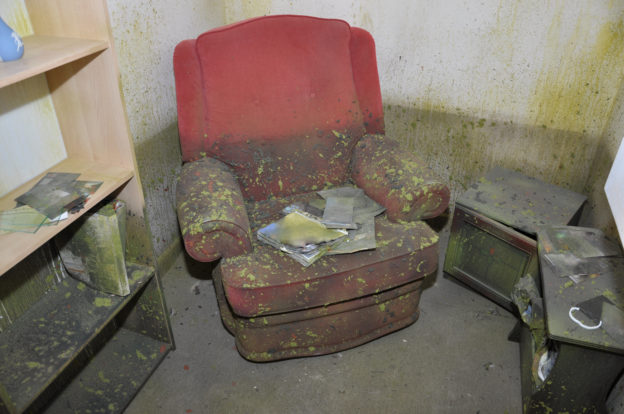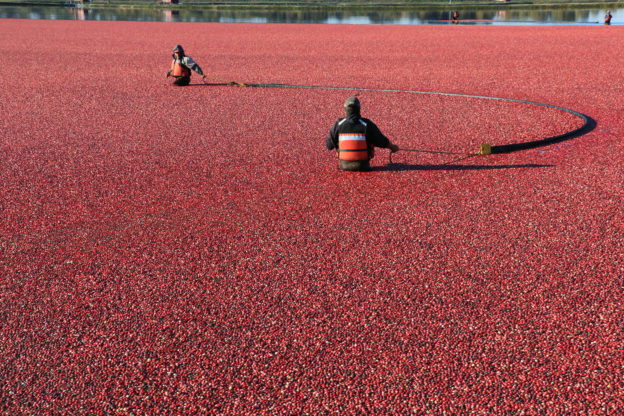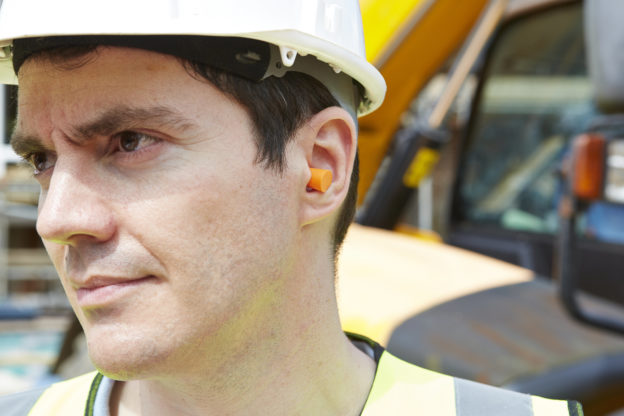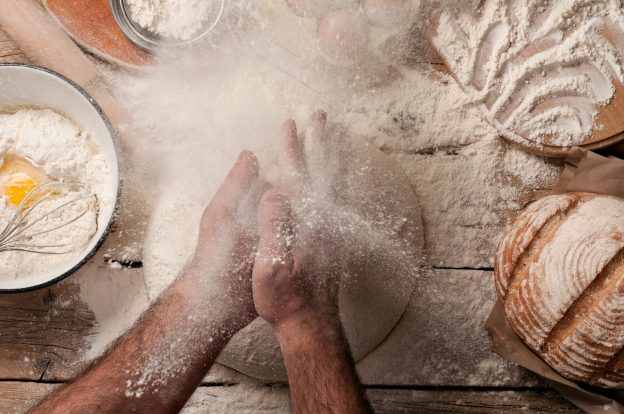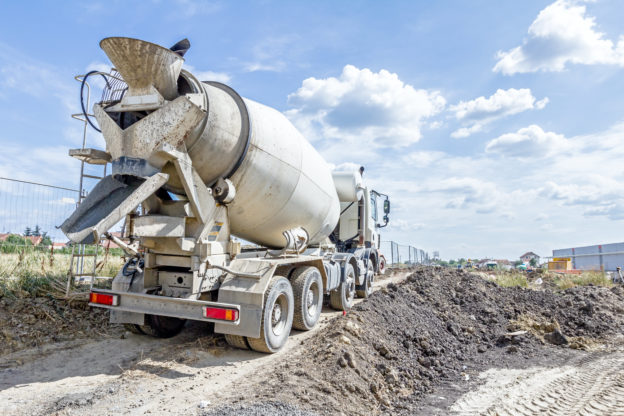
How can we keep workers safe near reversing vehicles and equipment? Along with backup alarms, we need more solutions for preventing injuries. Struck-by incidents are a leading cause of injuries and fatalities in B.C. workplaces. From 2001 to 2018, 16 workers died when they were pinned, struck, or run over by mobile equipment or vehicles […]


